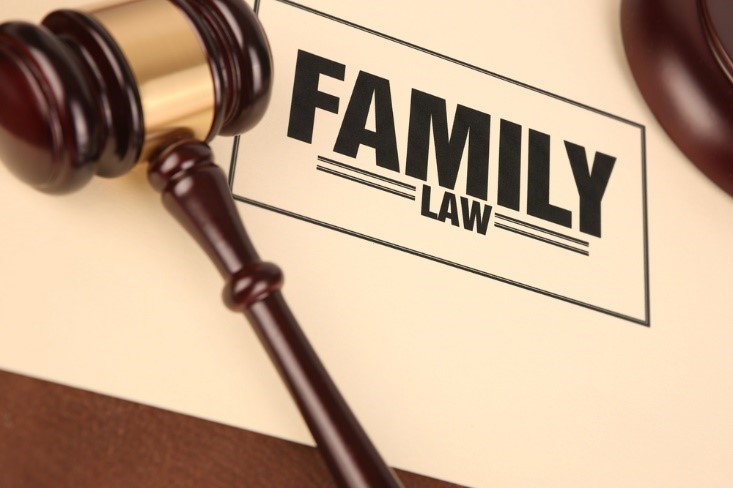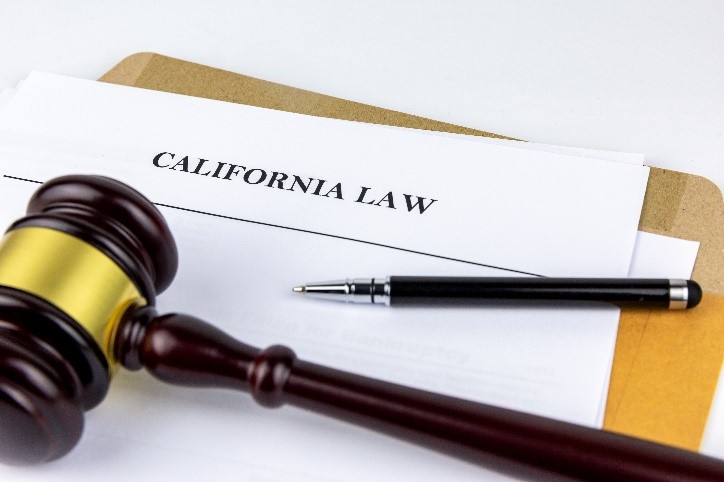If you’re a parent making child support payments, you’re likely wondering, “When does this financial responsibility come to an end?” According to California law, a parent’s duty to support their child continues until the child turns 18. It’s crucial, however, to be aware of significant exceptions. In this month’s blog, we’ll explore key scenarios where child support may end in California and how to end it.

The Child Gets Married
If the child gets married before turning 18, this event can lead to the termination of child support obligations. Marriage is considered a legal emancipation, indicating that the child is now assuming adult responsibilities independently. However, both married and unmarried parents should seek legal advice to formally address the conclusion of child support.
Related: Learn more about the rights and responsibilities of unmarried parents in California here.
Emancipation through Self-Support
An instance that might result in an early conclusion of child support, it’s if the child achieves self-sufficiency. Self-supporting, in this context, signifies the child attaining financial independence and no longer depending on parental financial aid.
For the court to acknowledge the child’s self-supporting status, the paying parent needs to furnish substantial evidence. It could be tax returns, bank statements, or showing that the child is independent for financial aid.
The Court Ends the Support or Custody Order

In some cases, the court may intervene to end child support or custody orders. This could be due to a change in circumstances, the child’s request, or other legal considerations. Parents must stay well-informed about any court decisions that might affect their child support obligations, especially when the child expresses a preference for a particular custody arrangement.
How Do I End Child Support?
Typically, to terminate child support, you must file a formal request in court known as a motion. You have to show the court or LCSA (local child support agency) that your child is self-supporting and is no longer reliant on parental assistance. Another important point is if you were the supporting parent but now have custody, file a motion to stop or seek support. Failing to modify the court order may let the other parent enforce it, even if your circumstances have changed.
Consult With Family Law Richard E. Young & Associates
We at Family Law Richard E. Young & Associates can help you understand your child support obligations or modify them. We will guide you in the termination process of your court order. Contact our office at (949) 951-9529 to ensure you are prepared for this legal transition. Let us assist you during these crucial moments.







